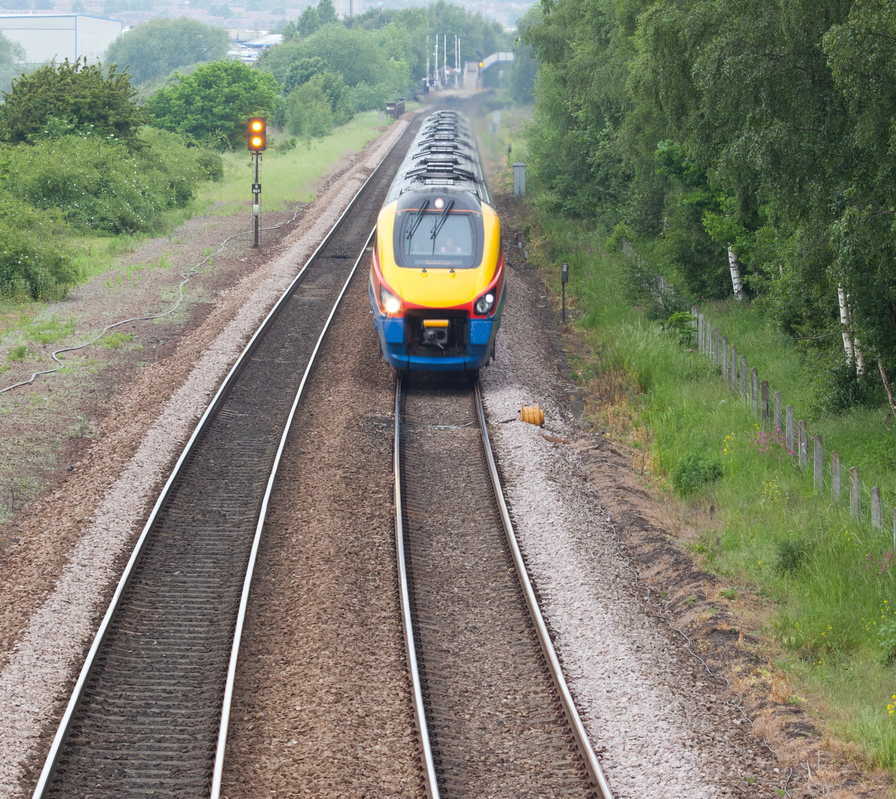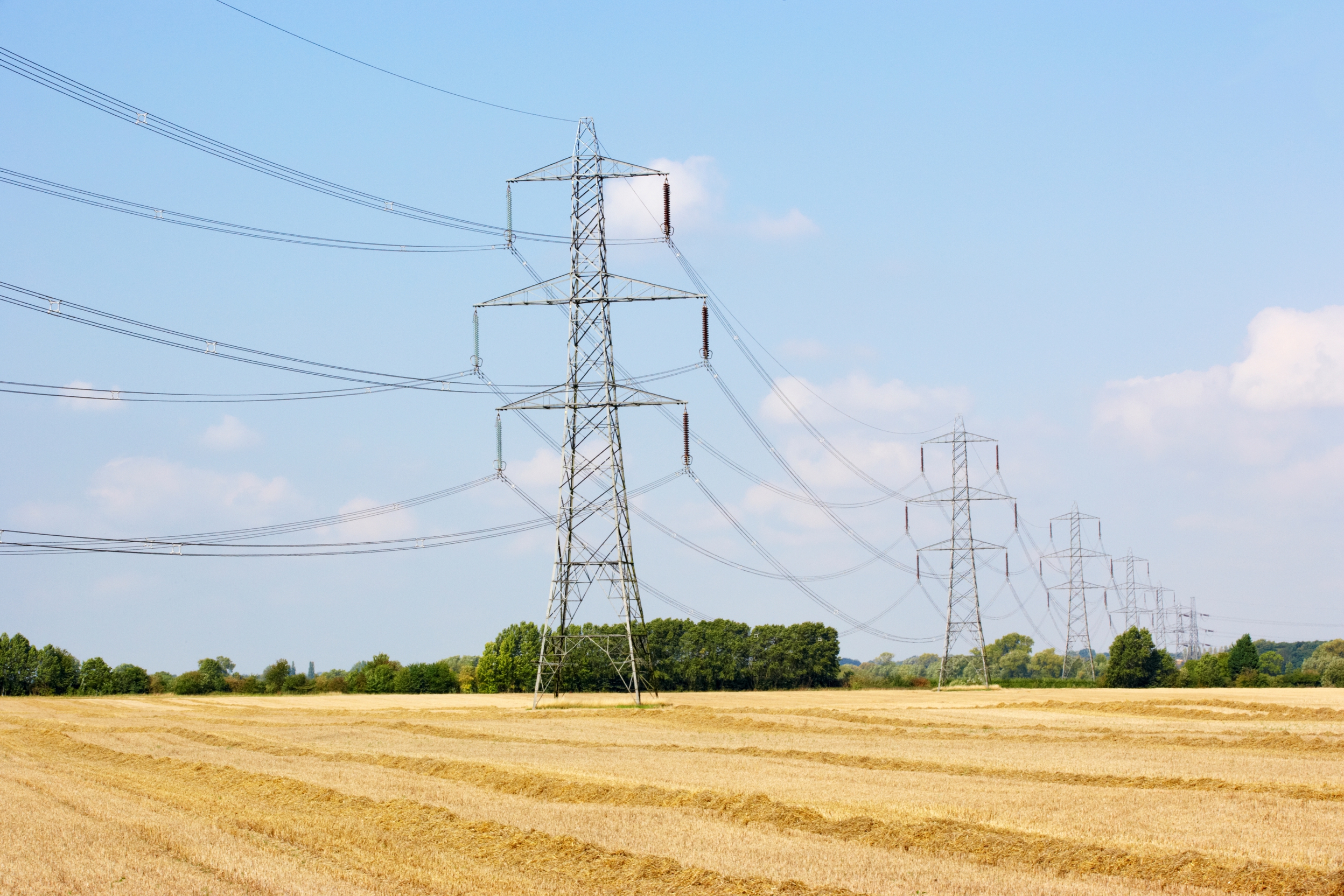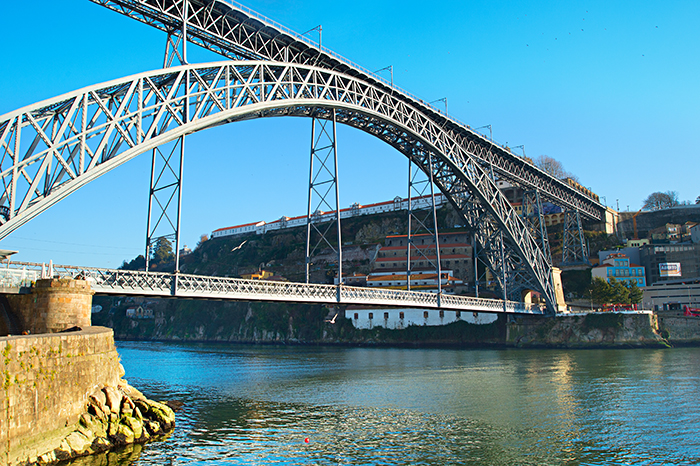
Crossrail – The deadline is looming
The £14.8 billion Crossrail project, probably one of the most prestigious railway engineering projects in Europe, possibly the world, is now reaching the point where key dates for opening the new route are emerging.
The now-established Crossrail route will be called the Elizabeth line when services start to operate through central London at the end of 2018. The new services will run 132km from Reading and Heathrow in the west, through new twin-bore 21km long tunnels under central London, to Shenfield and Abbey Wood in the east.
With 24 trains per hour running through the core of the route, it will bring an additional 1.5 million people within 45 minutes commuting distance of London’s key business districts. When it opens from 2018, Crossrail will provide new transport links with the Tube, Thameslink, National Rail, DLR and London Overground.
Network Rail is a key partner in Crossrail and it is making a significant investment of £2.3 billion in upgrading the network around the capital to ensure the project is delivered on time in 2018. With 75 per cent of the route on the existing rail network, Network Rail is responsible for the design, development and delivery of the improvements required for the Crossrail programme. Its work will integrate the new services with the national rail network from central London to the east and west.
As part of this investment, Network Rail awarded the Crossrail Anglia contract to Costain in 2014. Then valued at £158 million, it covered the upgrade of 28km of the Great Eastern main line (GEML) between the tunnel portal at Pudding Mill Lane and Shenfield in Essex. When the contract was let, Costain was required to renew 70km of track, modernise 13 stations along the route and renew and refurbish a specified number of station footbridges. Understandably, these requirements have grown significantly since the start of the work, increasing the challenge to all concerned.
Overlaying a modern system
To add to the challenge, unlike the central tunnelling work which is all new build, Network Rail and Costain are carrying out the work on a very busy, live operational railway with a requirement to deliver these upgrade works whilst ensuring that any disruption to the normal train services is kept to an absolute minimum.
This is not an easy task, given that the aspiration is to overlay a modern urban railway system over an old, heavily used system which is working to capacity. Also, inevitably, the contractors involved will be confronted with many historical obstructions that will create technical challenges that were just not easy to identify or define at tender stage.
The contract is managed as a collaborative partnership complying with BS11000 principles. Initially, the Network Rail and Costain team was located in Stratford but, by the late summer of 2014, it moved to new offices next door to Romford station, which is now the HQ for the project. To provide support in the field, an additional 18 site offices were created, with a further five sites served by mobile welfare facilities.
Deadline
Costain must ensure that the route is fit to test the new trains by November 2016, trains that are currently being built by Bombardier in Derby. Additionally, Costain must also ensure that the railway is also ready for the arrival of the new fleet in May 2017.
As the deadline is getting closer, Rail Engineer recently met with John Russell, Costain’s project manager for the Anglia contract, to see how things are progressing.
John has been working on the contract since June 2014, prior to moving to Romford. He explained that three overlapping and interactive teams have been created – the Infrastructure team, the Line of Route team and the Station team – to respond to the challenge of providing the myriad of technical skills and knowhow required to deliver such a contract. Design consultant Atkins provides support to these teams.
The Infrastructure team is responsible for carrying out a whole variety of work including S&C and plain line trackwork renewal, drainage and formation work, replacing OLE and signal gantries, and piling and installing new gantries. Supporting Costain in this work is subcontractor Keltbray Aspire.
The first real challenge for the Infrastructure team occurred at Christmas 2014, when possessions had been planned to install a turnback consisting of a crossover and lead at Chadwell Heath. The method used was to construct the layout alongside the site then slowly carry the layout into position using radio controlled self-propelled trolleys (LEMs). It was a ‘baptism by fire’ for the project that was successfully completed, setting a positive tone for the work that still needed to be done.
Network Rail had identified a need for a new crossover at Brentwood to ensure that train movements and timetables could be maintained while work was being carried out at Shenfield station. This additional work was planned and successfully carried out by the team over Easter 2015.
Responding to the unexpected
The Line of Route team is responsible for creating new cable routes throughout the length of the project. Subcontractors VGC and Coffey are removing vegetation and installing the many thousands of metres of troughing. The underworld of buried cables, structures and other obsolete objects keeps the teams on their toes – they need to be constantly vigilant and to have a well-prepared action plan ready at all times. It is work that sounds easy and straightforward but isn’t.
Costain is using VVB to install the signal power cabling as well as to support the station team with electrical and telecoms work.
To spread the workload of the Stations team, Costain has appointed Lorclon and BCM to carry out the station refurbishments. There are thirteen stations in the project and the work varies significantly. For example, at Harold Wood station, the teams are planning to install new lifts to provide step-free access. Platform extensions are required to accommodate the new 205-metre trains as well as a new ticket office, plus a significant amount of telecoms work. The station also needed a new footbridge (which was installed in early 2016).
Shenfield, on the other hand, needs a new bay platform, new embankments and retaining walls, sidings and a remodelled S&C layout, which of course, will involve the help of the Infrastructure team.
Interactive teams
The three teams need to be flexible and interactive at all times, not only coordinating work between themselves but also consulting and liaising with five borough councils: Brentwood, Havering, Barking & Dagenham, Redbridge and Newham. Understandably, each borough has its own concerns, opportunities and priorities, so managing these interfaces whilst striving to achieve a consistent approach across the route is quite a challenge.
All of the boroughs have their own views with regard to station development and discussions are still ongoing at two stations, Ilford and Romford. However, the critical factor for the November deadline, when train testing starts, is the building of platform extensions and, fortunately, this is not a concern at these locations so there is some breathing space.
Alongside the interests of the borough councils, there are other initiatives that interface with this project. For example, there is the Great Eastern electrification upgrade, which must be integrated into the project design. At Shenfield, some of this work has been transferred into the Costain project.
TfL is upgrading stations at Maryland, Manor Park and Seven Kings. Alstom is carrying out signalling work for Network Rail while Hochtief is replacing an overbridge and service bridge carrying the A127 at Gidea Park. Volker Fitzpatrick is working at Ilford Depot and there are a number of other schemes in progress – all of which help to paint a very complicated picture, one of the many reasons why Costain has appointed a dedicated interface manager for the project.
With regard to the Section 61 submissions associated with environmental matters, each borough has its own environmental health officer who has to be informed about any planned work, the plant to be used, anticipated noise levels and risks to ecology – there is a significant amount of wildlife to deal with even in urban Essex. However, John was pleased to state that relations with all the environmental officers are very good.
Two additional sections of work are currently underway which must be completed before the deadline. The first is a stepping and gauging survey, which is required for each station with subsequent platform edge adjustments. The second is a Driver Only Operation survey to determine camera locations and any associated infrastructure installations that will be necessary.
In engineering terms, this project couldn’t be described as ‘cutting edge’ but, in railway engineering terms, it would be hard to find a more complex environment to work in with potential challenges at every step. Costain has reached almost two million man-hours on the project, and the team is confident that all of the deadlines will be met and train testing will be underway after November 2016 as planned.
Report by Collin Carr



